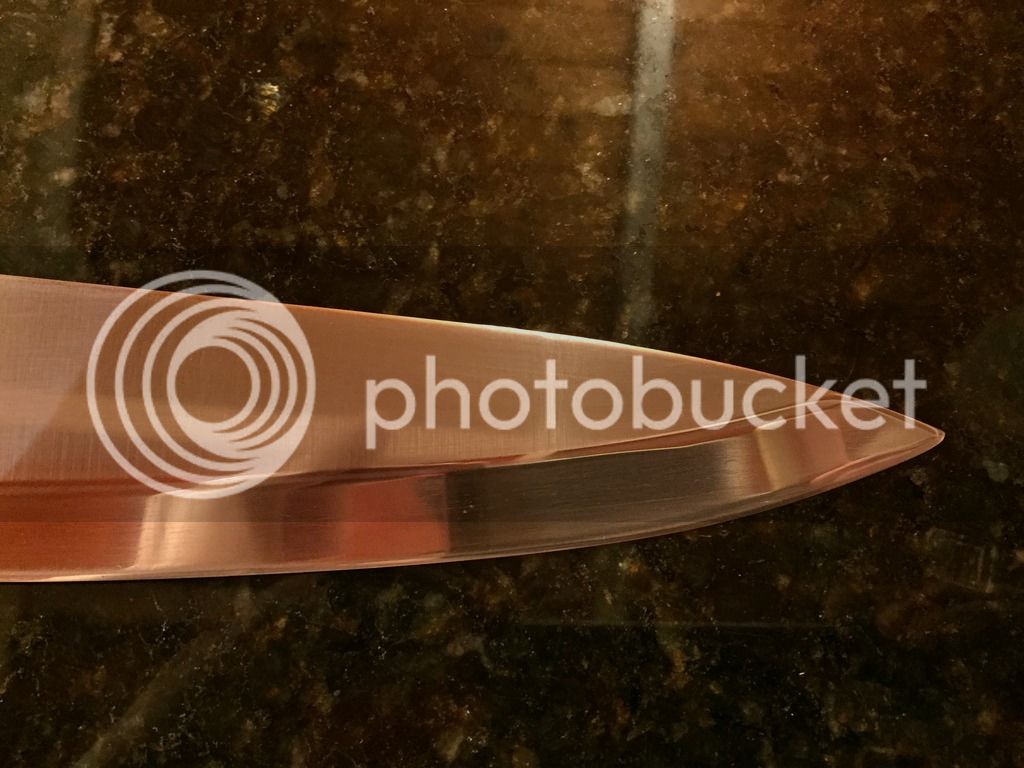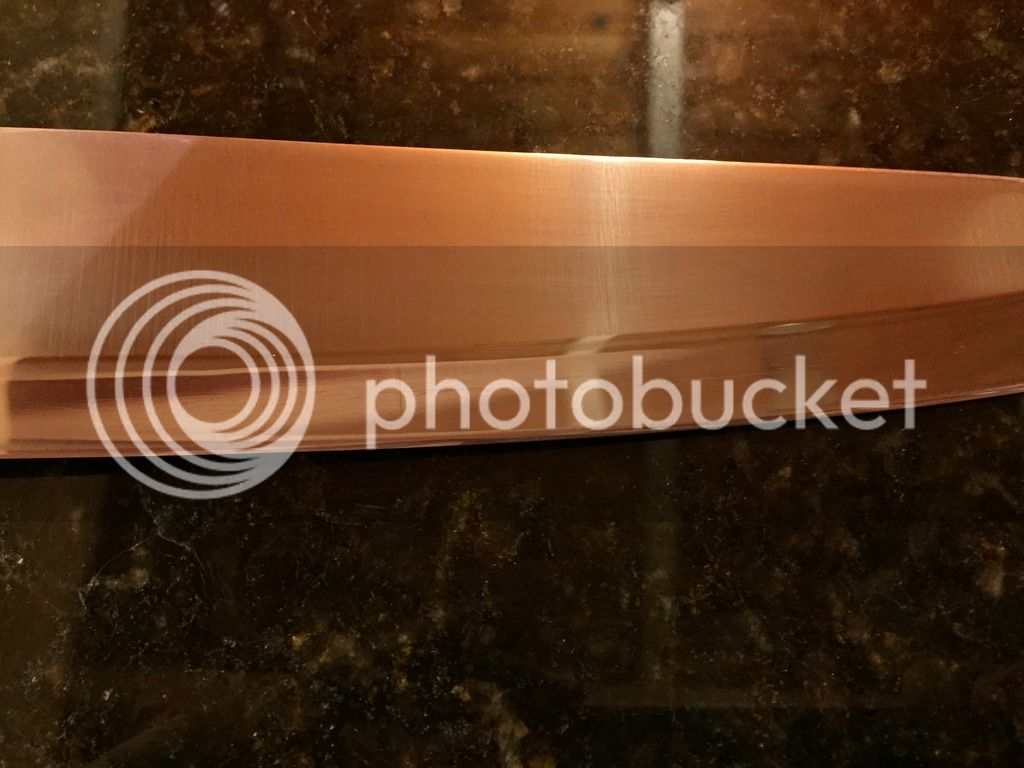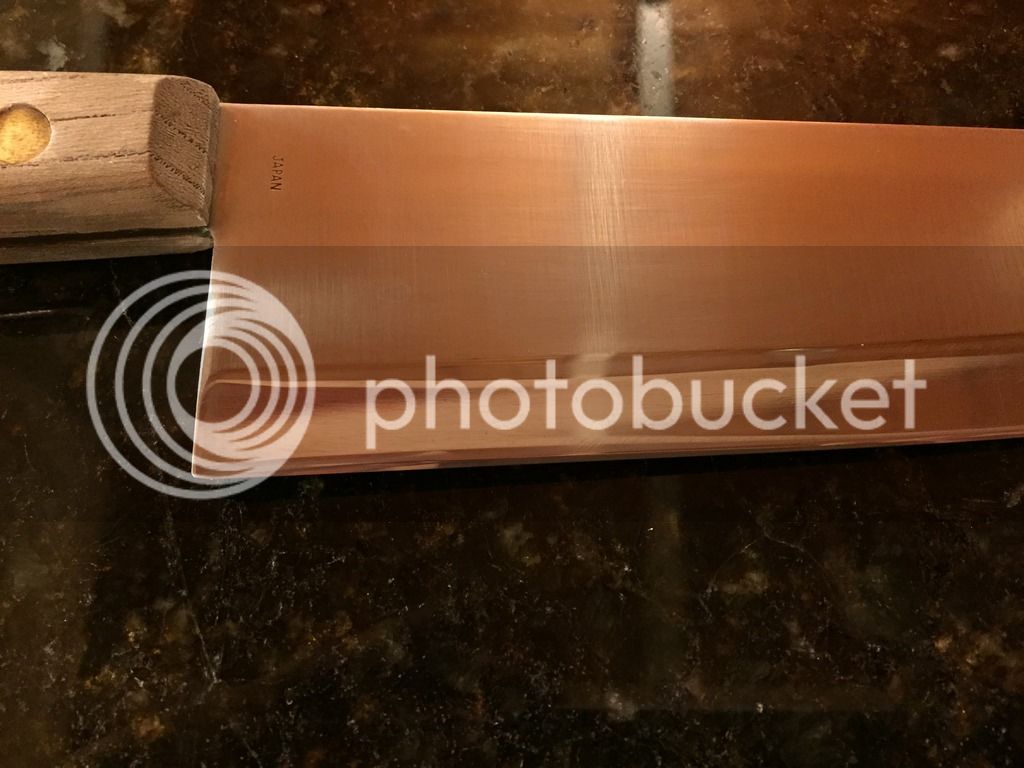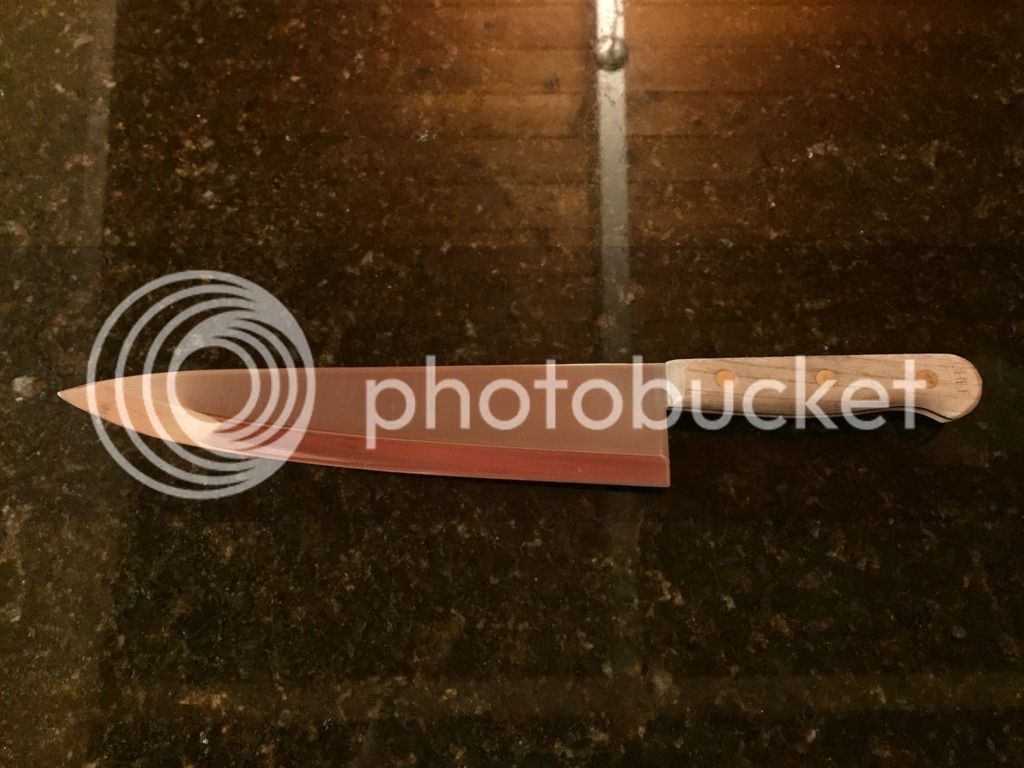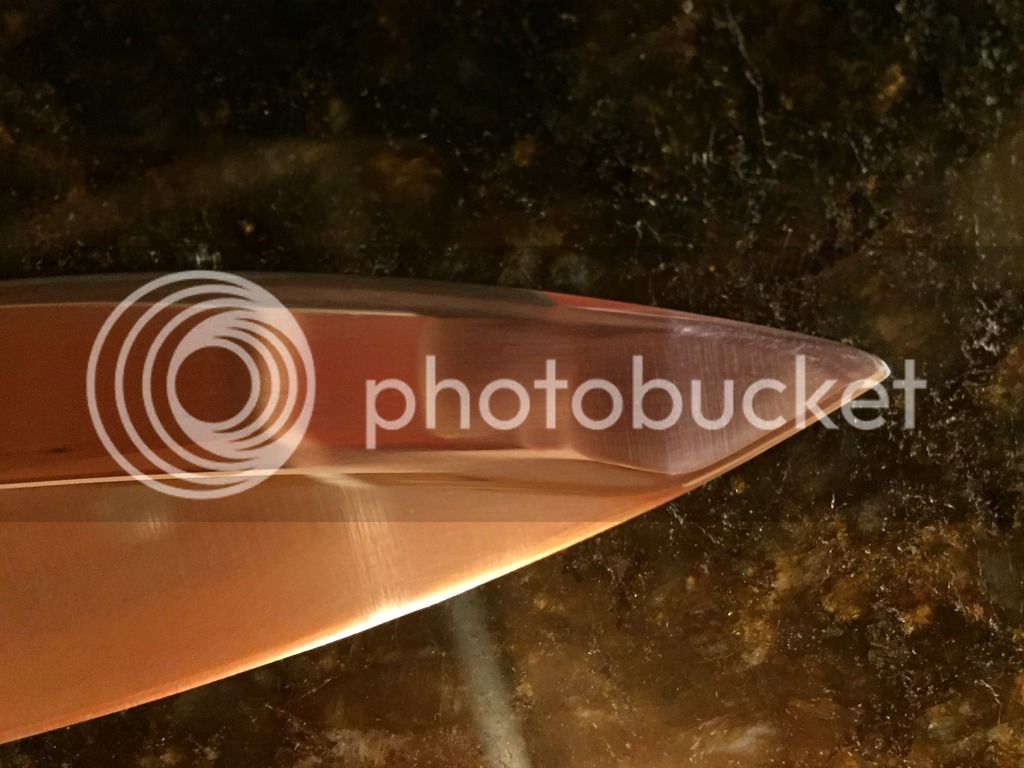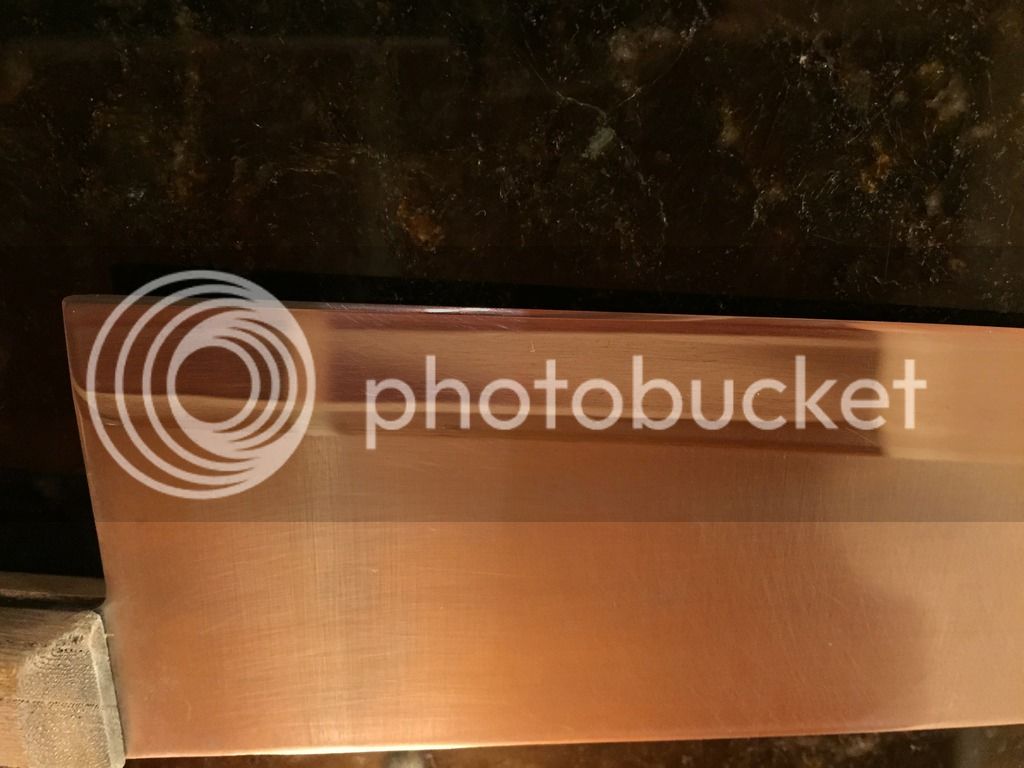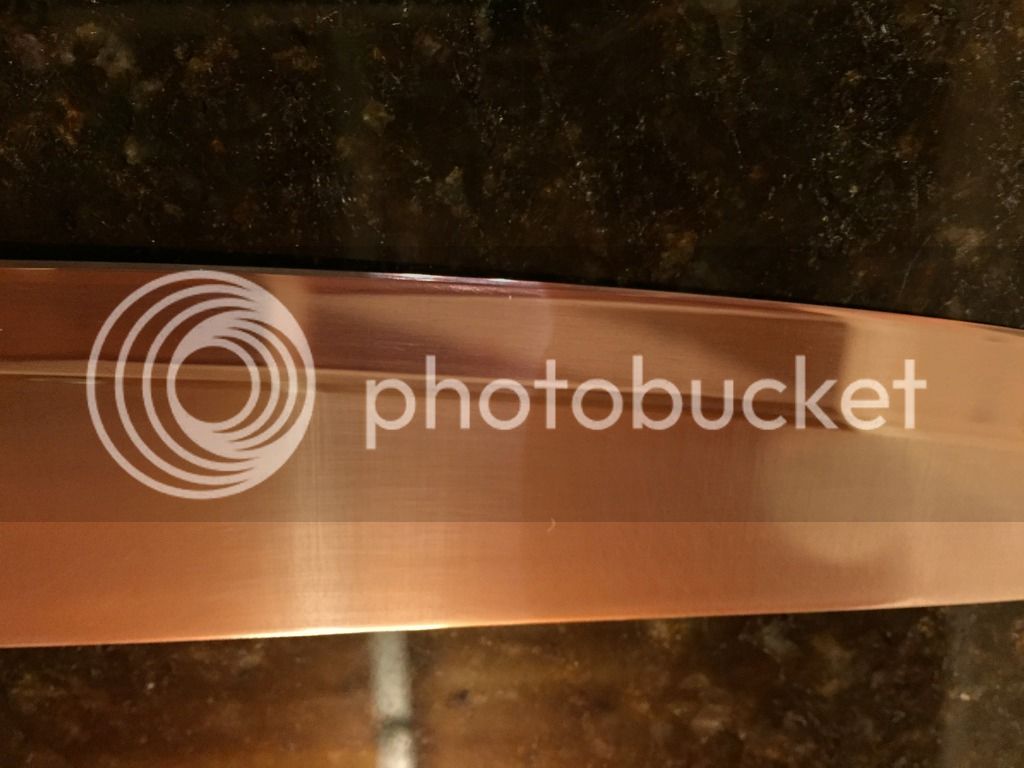Interapid101
Well-Known Member
- Joined
- Sep 19, 2017
- Messages
- 247
- Reaction score
- 82
Looking to start sharpening using water stones, and I'd like some advice on practice/technique and equipment recommendations. I'd used the Spyderco sharpmaker for years, then I got two small (handheld) japanese waterstones from a vendor at a knife show. They are good for pocketknives, but I just can't produce good edges on long blades. I purchased a Ken Onion Worksharp about a year ago, and it's OK, but the angle guide scratches blades, and I really don't like wearing a respirator or using power tools for sharpening. Now I'd like to give the traditional methods a try.
In terms of technique, I've watched many instructional vids on youtube, and found there is quite a variety of techniques that people use. Some of the videos are contradicting each other as well, making it hard to discern good advice from bad. For example, some people say to leave to tip on the stone when you end the pass, but I see other people sharpening to where they are flicking the tip off the edge of the stone. Could you point me in the direction of some instructions/vids that show what would generally be considered "proper" technique?
Of course I'm going to need some equipment. I'd like to get a coarse and medium stone (maybe a fine stone too), a sink bridge, and a flattening stone at this point. My budget is ~$350. I was thinking of the following:
-Chosera 400
-Naniwa Aotoshi 2000 (would a 1k be a better choice?)
-maybe a Arashiyama 6000 if I decide to get a fine stone
-Atoma 140x
-some kind of sink bridge (recommendations?)
Any better suggestions?
In terms of technique, I've watched many instructional vids on youtube, and found there is quite a variety of techniques that people use. Some of the videos are contradicting each other as well, making it hard to discern good advice from bad. For example, some people say to leave to tip on the stone when you end the pass, but I see other people sharpening to where they are flicking the tip off the edge of the stone. Could you point me in the direction of some instructions/vids that show what would generally be considered "proper" technique?
Of course I'm going to need some equipment. I'd like to get a coarse and medium stone (maybe a fine stone too), a sink bridge, and a flattening stone at this point. My budget is ~$350. I was thinking of the following:
-Chosera 400
-Naniwa Aotoshi 2000 (would a 1k be a better choice?)
-maybe a Arashiyama 6000 if I decide to get a fine stone
-Atoma 140x
-some kind of sink bridge (recommendations?)
Any better suggestions?






